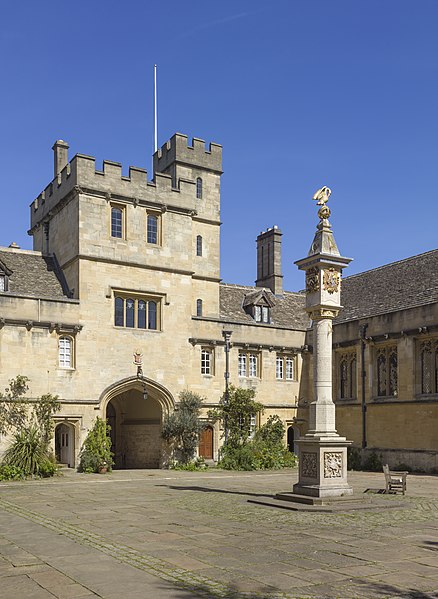The nation’s favourite singleton, Bridget Jones, first
transferred from page to screen in 2001 with the release of Bridget Jones’s Diary, the film version of the first of a trilogy of books by Helen Fielding
charting the ill-fated love life of the heroine, played by Renee Zellweger, in
a modern day take on Jane Austen's Pride and Prejudice. Much
of the action centres around London, but when Bridget heads home for Christmas
it is the charming North Cotswolds village of Snowshill which takes centre
stage, improbably covered in snow in these days of climate change.
 |
| Stone Cottages facing the Village Church - geograph.org.uk - 1632420. Photo by Cameraman, via Wikimedia Commons. |
Of course, the snow was artificial, in fact the film makers
covered the entire village in snow for the scenes, which must have been a
strange experience for the locals and visitors, this being the month of
July. Christmas lights were put up in
some of the village houses as well in order to complete the festive
atmosphere. They even put a Christmas
tree up in the village and the house that featured as Bridget’s parents’ home
had a Santa on the roof. Sadly, the
tourism boom that the village might have enjoyed as a result of playing a role
in the film was curtailed due to the foot and mouth crisis of the time, which
led to the closure of the main attraction in the village, the National Trust
owned Snowshill Manor.
Snowshill Manor
Snowshill occupies a location near the northern edge of the
Cotswolds, a few miles from the more famous Broadway. Snowshill Manor is good enough reason in
itself to pay a visit, with its
fascinating collection of artefacts collected by its eccentric former owner
Charles Paget Wade. The collection
includes a whole room devoted to Japanese samurai armour, and there are also
musical instruments, clocks and a host of other interesting objects. The gardens are lovely to wander round, and
there is a tea room with lovely views over the surrounding countryside. The Manor did not itself feature in the film,
but the staff car park was used for shots of Bridget in the car with her
parents.
Map of the area.










